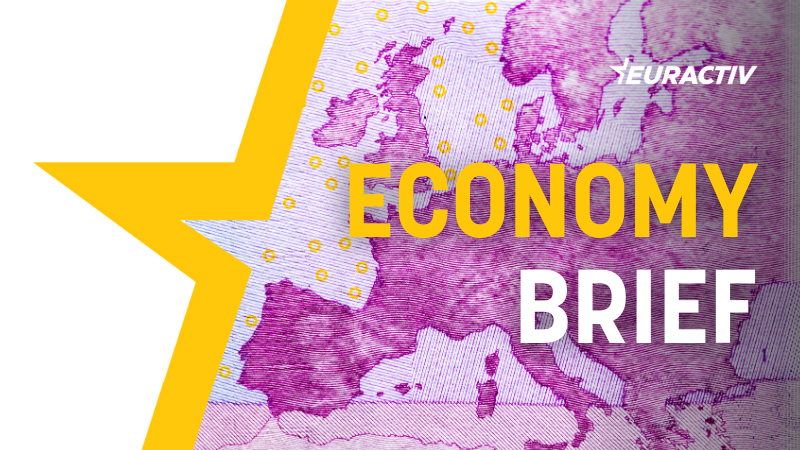A coalition of Social Democrats, Liberals, and Conservatives in the economic committee of the European Parliament approved on Monday (11 December) a draft opinion on the EU’s fiscal rules reform, which the Green and Left groups opposed for their likely negative effect on public investment.
Compared to the Commission proposal tabled in the spring, the draft opinion adds a debt reduction “safeguard”, which was criticised by the Greens as too curtailing for investments. Parliament will vote on the opinion in the plenary session in January.
The debt reduction “safeguard” would require countries with debt ratios between 60% and 90% of GDP to reduce debt levels by 0.5% of GDP annually. Countries with debt ratios above 90% of GDP would have to reduce those ratios by 1% annually.
“A decade and a half since the financial crisis and politicians from the EPP, S&D, and Renew Groups still have failed to grasp the impact of hardline fiscal policies on people’s lives and on the economy,” Philippe Lamberts, the leader of the Greens in Parliament, said in a statement admonishing the three biggest political groups of the Parliament.
“Today’s vote will make it harder for national governments to borrow and spend on projects that are needed to overcome the multiple crises we face and to ensure that we have a strong economy that is able to handle future ones,” he added.
The conservative European People’s Party (EPP), the biggest group in Parliament, however, was happy with the result.
“We found a good balance between reducing excessive public debt and creating space for necessary investments,” Esther de Lange, the EPP co-rapporteur on the file, said in a statement.
In contrast with the Greens, she celebrated the guardrails that the EPP was able to obtain in the negotiations.
“[W]e managed to put a concrete figure on the required yearly debt reduction of 1 per cent debt to GDP for high-debt member states. We also added a concrete figure on the maximum that member states are allowed to deviate from their net expenditure path,” she said, arguing that these safeguards would help achieve debt sustainability.
The Social Democrats from the S&D group supported the compromise since S&D lawmaker Margarida Marques was a co-rapporteur of the file.
While she called it a “crucial step forward” in a post on the social media platform X, the S&D group had tried to push for a delay just before the vote during the committee meeting on Monday (11 December).
However, as the liberals, conservatives, and right-wing groups insisted on sticking to the previous plan of voting on that day, in a show of hands the S&D voted in favour of the compromise it had helped to negotiate.
But the S&D is now in a politically difficult position: On the one hand, it wants to defend a compromise that it had helped negotiate, while on the other, many of its constituencies are opposed to strict fiscal rules.
On Tuesday (12 December), for example, European trade unions will hold a demonstration against the fiscal rules in Brussels.
As the Greens and the Left are opposed to the compromise, there will be a debate in the plenary of the European Parliament in January before the Parliament votes on the text.
After that, negotiations with national finance ministers represented in the EU Council will begin – if they agree a common position among themselves in the meantime, which they have so far failed to achieve.
Finance ministers met on Thursday (7 December) and Friday (8 December) to discuss the fiscal rules but could not reach an agreement yet. An extraordinary meeting is likely to take place next week in Brussels.

The prophets of fake scarcity
As finance ministers meet in Brussels to finalise a deal on the EU’s fiscal rules, Europe’s only hope is that they stop listening to the prophets of fake scarcity and allow more flexibility for investments.
[Edited by Zoran Radosavljevic]
Read more with Euractiv








.png)
 1 year ago
39
1 year ago
39



 English (US)
English (US)